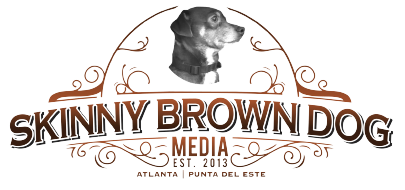Using storytelling in marketing is a key way to easily connect with your clients. Stories leave an impression that’s hard to forget and make marketing less of a sale, and more of a conversation (while still resulting in the sales you need).
How to use storytelling in marketing
Before you can put your story to paper, it’s best to follow the steps below. This will ensure that your story aligns with your ideal client and the problem you solve.
- Identify your ideal client
- Pinpoint their problem. What keeps them up at night and why?
- How do you solve that one problem?
- Describe the transformation that takes place.
Once you have these four points jotted down, you can begin to apply them in various places.
Website examples of storytelling in marketing
Your website is an important place to use storytelling. The following examples show how stories can be portrayed in a variety of ways, while still connecting with your audience.
- Tell the story of your business but turn it upside down. Rather than ending with the solution. Start with it. “We do ____,” or “We don’t _____.”
- Describe who you are and position yourself in a way that resonates with your ideal client. This example simply talks about “doing good work” and then goes on to describe how they help “world-bettering” brands do more.
Doing good work for brands that do good
We’re a certified B Corp marketing agency with bright ideas, results-driven services, and an adventurous spirit.
Social media examples of storytelling in marketing
You can do the same thing on social media. Oftentimes, this is an easier area to focus on because it’s not as overwhelming as an entire page of website content.
Within one caption, you can:
- Tell an actual story — about a client experience or describing how your product/service helped someone’s life/business.
- Add social proof. Testimonials are a quick, concise, and credible way to describe how your business was the solution.
- Teach something. Lessons easily come in the form of stories. By educating your audience, you can show the value of your services. If you want to book more one-on-one clients, teach them the importance of investing in your service, but do it through short stories, small sets of tips, and other bite-sized pieces of content.
The importance of positioning yourself as the guide
In stories, there is often a hero and a guide. The hero is the leading role, while the guide is their supporting star. With your marketing content, don’t be the hero. When you write your website content, don’t put yourself in that position. Instead, your client should be the hero, with you as the guide. The two examples above did that precisely, positioning themselves as the ones who help you (the client) drink sustainably and do good work. This makes the client not only feel good but invested in these brands.
If you need help using storytelling in marketing, reach out here. We can help you frame a website, identify a brand strategy and more, all using the art of storytelling.


